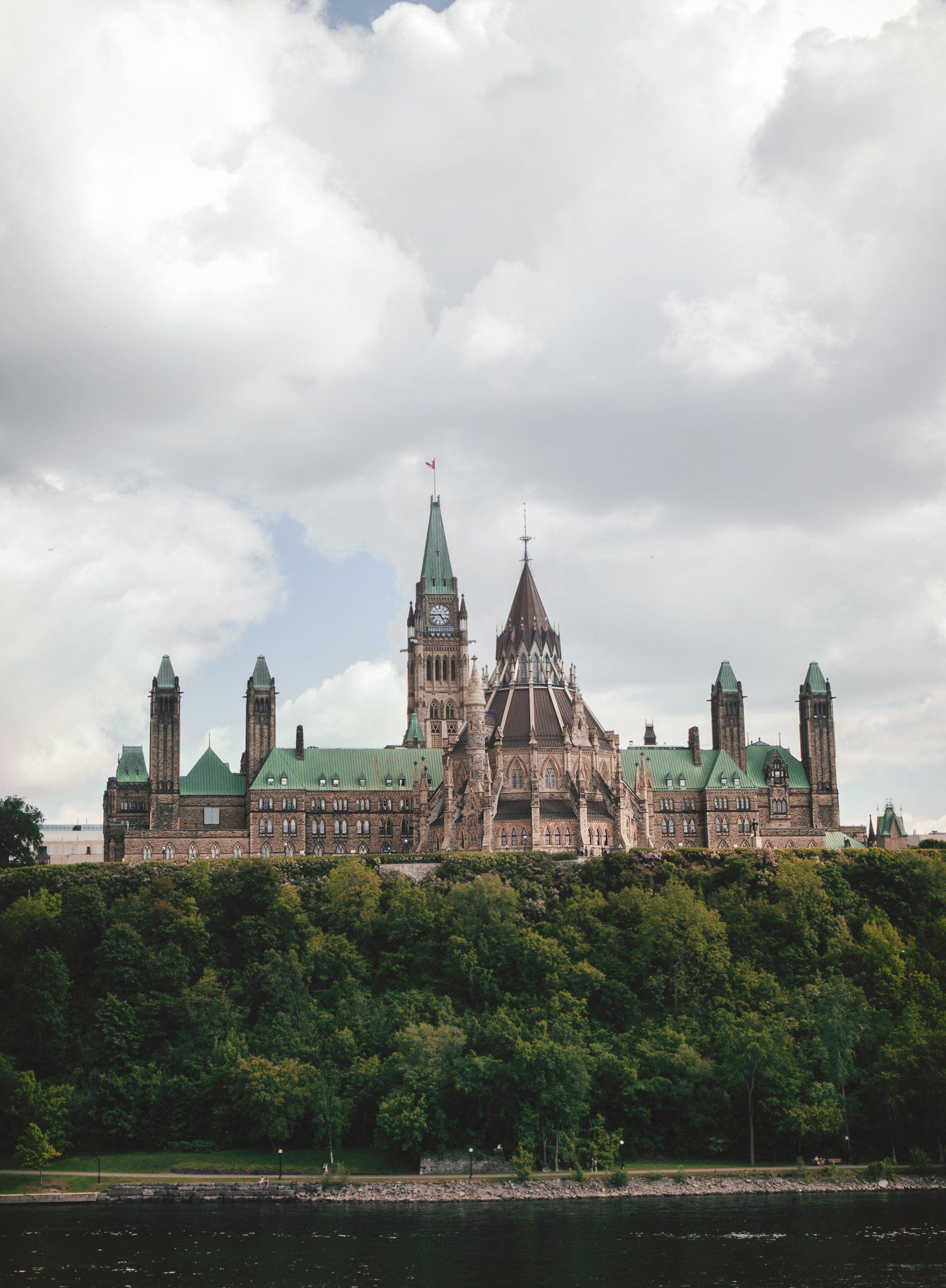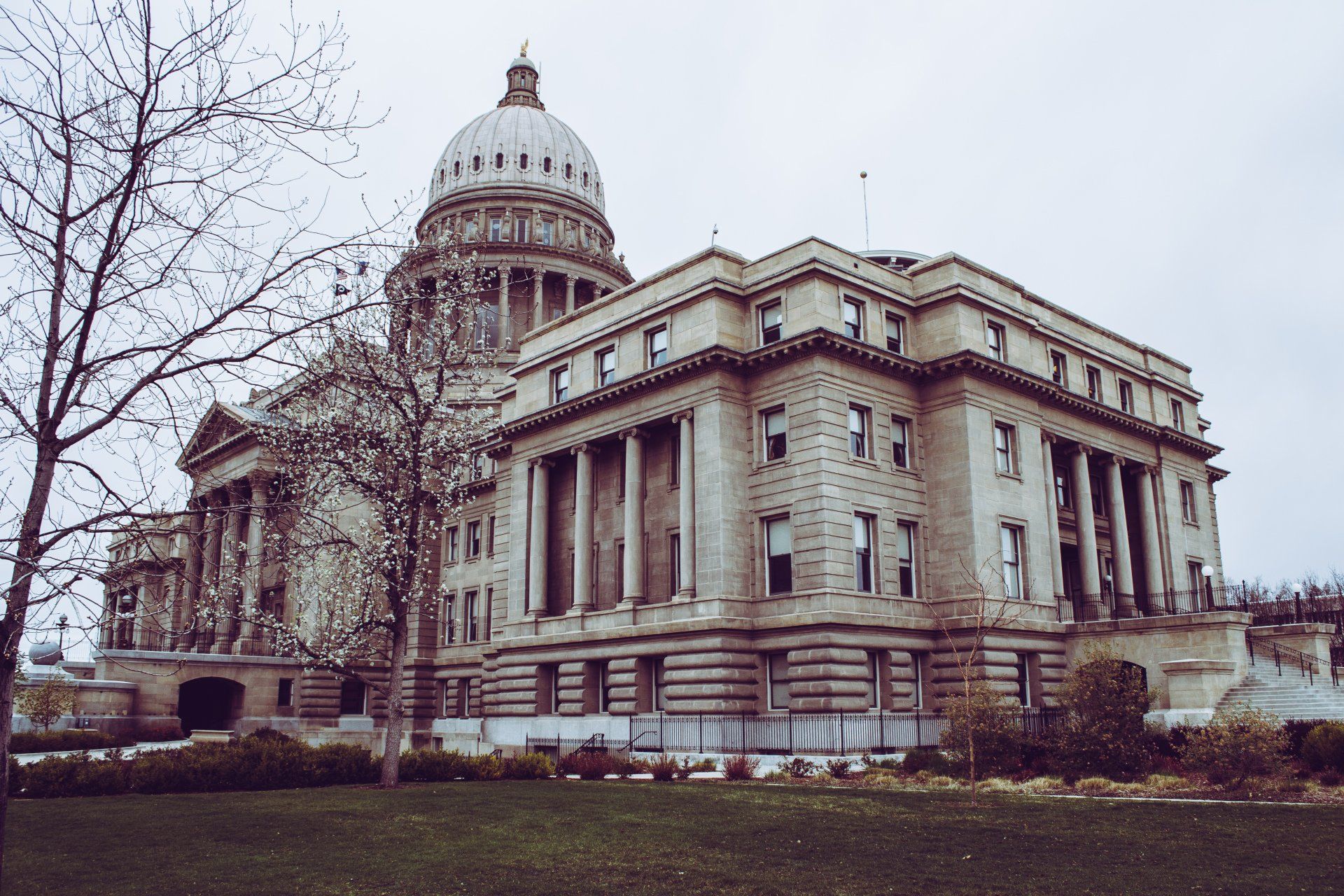Cash or Card?
Which is a better way to pay?
“Cash or Card?” The age-old question that has stood between many buyers and their shiny new purchase. For a long time, cash and credit cards have been two of the most popular payment options available to consumers. However, with the onset of the coronavirus pandemic and the global shift toward online shopping and digital payments, could cash payment be turning into a thing of the past?
Over the past few years, overall cash payments have been on the decline. In Canada, for example, the volume of cash exchanged between 2015 and 2020 decreased by 38 percent. Much of this volume was lost to card payments.
The coronavirus pandemic has only exacerbated this trend, with factors such as lockdowns and curfews preventing access to brick-and-mortar stores. Increased concerns over the risk of virus transmission through the handling of notes and coins have also played a part in the move away from cash. As a result, many consumers have opted to do most of their purchasing online and through contactless channels, with 40 percent of Canadians stating they used their mobile wallets more often to pay for store purchases since the COVID-19 pandemic started.
Sweden’s Rapid Advance to a Cashless Society
These changes are not unique to Canada, as several other countries across the world have observed similar changes. Sweden, for example, is at the vanguard of cashless countries. In 2020, cash payments accounted for less than 1 percent of total transactions in Sweden, and it is expected that Sweden will become the world’s first cashless society by March 2023.
There are a few reasons that Sweden has been able to take this stance. Firstly, Sweden has a well-developed internet infrastructure, with 94 percent of Swedish households having access to the internet in 2020. Sweden also has a strong mobile network that has supported the widespread use of their mobile payment app, Swish, which links users’ phones to their bank accounts and facilitates payments and money transfers in real-time.
In 2020, 94 percent of Swedes stated they use Swish as a form of payment. Another reason for Sweden’s swift advance to a cashless world is the fact that the majority of its population owns a bank account. As of 2017, 99.74 percent of the Swedish population was banked, making access to credit cards and digital payment methods possible.
Where Cash Still Dominates
While countries like Sweden have embraced the move from cash to cards and digital payments, there are plenty of other countries where cash is still king. In 2020, a study by Merchant Machine showed that Romania is the most cash-reliant country in the world, with over 70 percent of payments having been made in cash. Egypt and Kazakhstan follow closely as the second and third most cash-reliant countries. Both have a high percentage of their population being unbanked and a comparatively low number of internet users.
However, bank account ownership and internet access aren’t the only factors responsible for the preference for cash in some countries across the world. Take Japan for example - it is one of the world’s most technologically savvy countries with 91.2 percent of the population having access to the internet in 2019. Yet, cash is still king, with about 80 percent of transactions being paid in cash.
This is largely due to the fact that cash is a large part of Japanese culture and cash is often given as a gift at other celebrations, such as weddings, which has helped to ensure its longevity in Japanese culture.
While cash still dominates in Japan, the Japanese government is working on gradually moving toward a less cash-reliant world, with a goal to see 40 percent of transactions conducted through cards and digital payments by 2025, up from about 20 percent currently.
With the use of cash declining at different rates globally, it is important to examine the benefits of both cash and card payments as we move towards a more card-reliant world. But what are the benefits of each method of payment? Let’s take a look.
The Case for Cash
Cash is Accessible
Bank account ownership and widespread access to the internet are some of the most important requirements needed to support a cashless society. This fact has led to concerns about how accessible a cashless society truly is, especially to the most vulnerable in the population.
Those who are homeless, undocumented, or otherwise lack any other pre-requisites needed to open a bank account are extremely vulnerable in the face of a cashless society. There are also concerns for the elderly and ensuring that they can adopt new technologies in a cashless world so that they, too, are included in the new financial system. Cash allows those who have little or no access to digital money to be able to make payments and save money, which is critical for the inclusion of socially disadvantaged populations, such as the elderly and low-income groups.
Cash Is Less Susceptible to Technological Issues
Card and digital payment methods are heavily reliant on technology to function. IT failures, such as loss of electricity, internet outages, or system failures could leave consumers unable to pay and merchants unable to sell their products. Cash is a failsafe option to pay as it is not reliant on technological systems to be used.
There is also the risk of hacking and cybercrime when using cards or other digital payment methods. Because the digital transaction process involves several parties at various stages, such as merchants, payment gateways, and financial institutions, each point poses as a potential point of attack for malicious actors. On the other hand, cash transactions occur between the buyer and seller offline, protecting both parties from cyberattacks and hacking.
Cash Provides Anonymity
When it comes to privacy, cards and digital payment methods do not offer the same level of protection that cash does. For each transaction that is made electronically, a wealth of information about the consumer is shared - not just between the merchant and the bank - but also with the credit card companies that function as the middlemen.
The primary middlemen in most card transitions are Visa, with about 60 percent of the credit and debit card market, MasterCard, with 25 percent, American Express, with 13 percent, and Discover, with 2 percent. Current privacy laws do not adequately protect consumers and their data and there are growing concerns over the monetization of people’s financial data through surveillance capitalism. In contrast, cash is more anonymous as it allows for transactions to happen without the exchange of information, helping to protect consumers’ data and privacy.
The Case for Cards
Cards Provide a Digital Paper Trail
Each time a card or digital payment method is used it creates a digital footprint of each transaction which can be tracked by the government and financial institutions if needed. As a result, card and digital payments help to reduce financial crimes such as money laundering, tax evasion, bribery, and other cash-reliant crimes.
Many financial crimes occur with the use of cash as it is difficult to track cash transactions. However, digital payment methods create a record of each transaction, making illegal financial activities easier to identify.
Cards are Contactless
Cards and digital payment methods facilitate contactless payments, which have become important since the coronavirus pandemic began. The pandemic has brought about increased concerns around virus transmission, and since the use of cards and coins involves a lot of handling by different people, many have opted for more contactless payment methods to reduce the risk of infection.
This has led to an increase in the use of cards and digital payment methods such as smartphones, and wearable devices, with 40 percent of Canadians stating they used their mobile wallets more often to pay for store purchases since the COVID-19 pandemic started.
Cards Are a Cheaper Alternative to Cash
It can be expensive for businesses to handle cash. While some businesses prefer cash to avoid the 3 percent processing fee that credit card companies charge, research from the ILH Group shows that handling cash is costing many businesses more. The report shows that retailers’ cash-handling costs range from 4.7 percent to 15.3 percent depending on their retail segment.
According to the same report, cash handling processes are costing businesses an estimated
100 to over
500 labor hours a month per store, which can be saved by automating some of their cash handling processes and switching to cashless payment methods.
The Verdict
So, which is better, cash or card? There are benefits to both methods of payment; cash allows for the financial inclusion of all members of society, helps to protect people’s data and privacy, and reduces the risk of technological issues and cyberattacks. Cards, on the other hand, help to prevent and identify financial crime, offer contactless payment methods in a post-COVID world, and are often a cheaper alternative to handling and managing cash. Both payment methods have something to offer our society, and there will likely be a place for each as we move forward.


